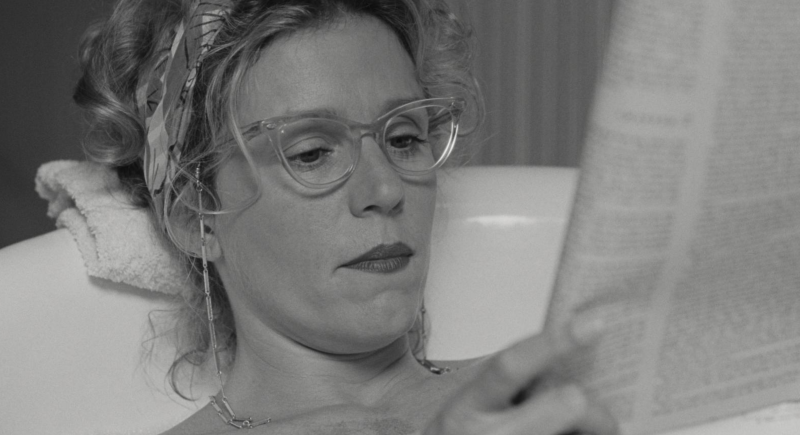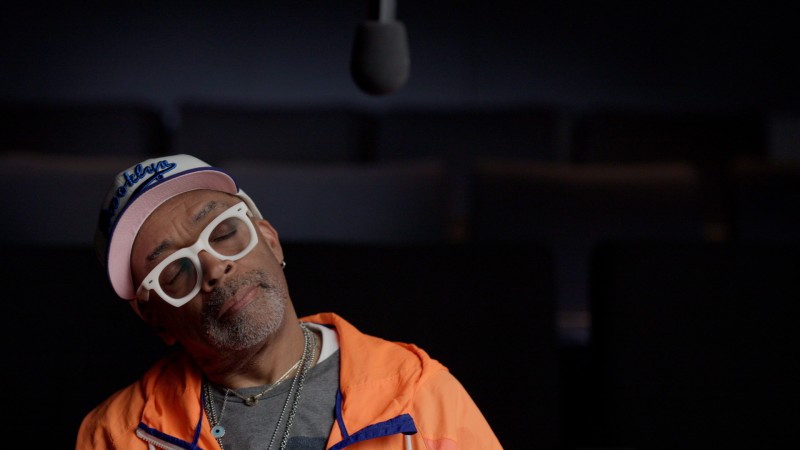Thus Spake the Fox: A Moment of Truth in Antichrist

An irresolvable tension between the natural world and scripted narrative crops up throughout the work of German filmmaker Angela Schanelec, including in her latest feature, I Was at Home, But . . . Winner of the best director prize at last year’s Berlin International Film Festival, this melancholy tale of a teenage boy’s return home after a sudden, unexplained disappearance juxtaposes the constructed nature of its premise with lingering, mysterious shots of wildlife: a dog chasing a rabbit, a donkey in a barnyard. The film’s contemplative mood immediately suggests a kinship with Ozu—as indicated by the title’s nod to his silent comedy I Was Born, But . . .—but as we learned during Schanelec’s recent visit to our offices, her taste ranges well beyond the poetic restraint exemplified by the Japanese master. When we asked if she had a favorite scene from a film in our collection, she pointed to a nightmarish moment in Lars von Trier’s Antichrist, a moment that shares her own preoccupation with the animal world but whose tone and approach are more openly aggressive than hers. In this article, edited together from our conversation, she explains what fascinates her about the way this scene uses artificiality and surrealism to access human truths.
I saw Antichrist about a year and a half ago, at the Berlinale, where they were honoring Willem Dafoe with a retrospective of his films. I had had a very vague idea of asking him to work with me on a film, so I went to see this movie with that in mind. The pleasure of watching it came as a surprise to me. First of all, I was relieved that the couple’s dead child never actually appears, so you’re not forced to feel pity or fear about the situation. I also liked that it was much more of a fairy tale than I expected, and that you never forget that you’re seeing two very well-known actors—Dafoe and Charlotte Gainsbourg—doing crazy things on-screen.
In kind of a predictable way, you know there’s a director behind the scenes telling these actors what to do, and because they’re very beautiful and work well together, you’re entertained. They play a couple trying to continue their lives together after the tragedy, and Gainsbourg’s character becomes psychotic while pretending to go back to normal life. I enjoyed just watching the actors in this state of “as if.” There’s a moment in the film where Dafoe is making a speech, and there’s a small movement in his mouth, as if he’s trying to make the emotion that much more authentic. At moments like that, I think, yes, we know what this is, we understand it, we get what you want to say to us.





